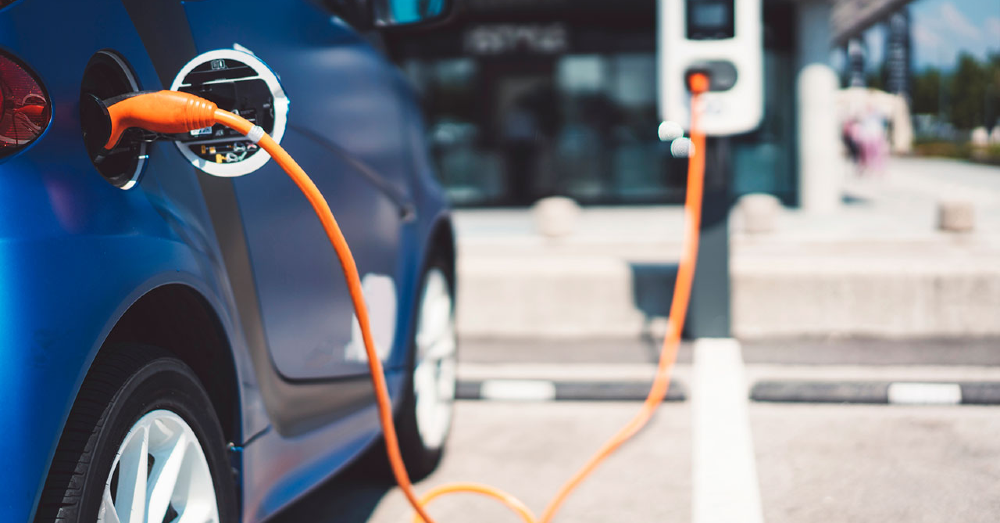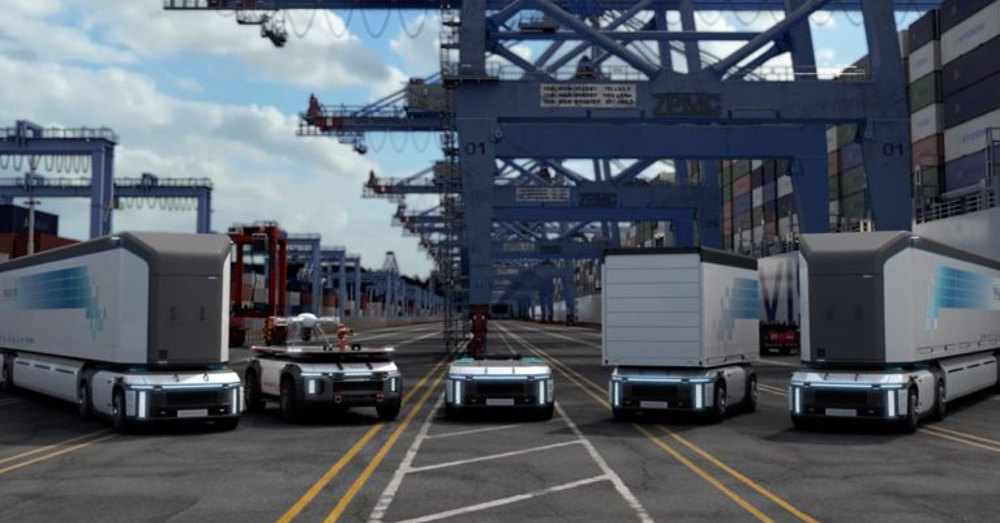
Would a Revised Build Back Better Plan Work for the EV Market?
Statements were made, goals were set, and plans were put into action. The EV market is the future of the auto industry, but help is needed.
The statements made throughout his presidency thus far by President Joe Biden have never wavered from the goal of bringing more electric vehicles to the marketplace. Automakers were already working on this paradigm shift in the market but will need a way to incentivize consumers to purchase vehicles that run on electricity and cost more than their gasoline counterparts.
Enter, the Build Back Better Act
Without going into massive detail of what this act includes, we know the plan is a roughly $2 trillion reconciliation package to enhance the infrastructure of the country, work toward environmentally-friendly production, and expand the electric vehicle tax credit. This last part is what we are focused on today.
Without an expanded tax credit, it’s possible the movement toward larger numbers of electric vehicles will not work well for the auto industry. To balance revenues, entice consumers, and bring new products to the market, there has to be something that will allow shoppers to benefit when buying an electric vehicle.
Doesn’t Buying an EV Immediately Benefit the Consumer?
The answer to this question could seem more complicated than it should. While the purchase of an electric vehicle certainly benefits everyone with the lack of emissions put into the atmosphere, driving an EV might not be attractive for every consumer. Current EV models don’t offer the same driving range as their gasoline and diesel counterparts and take much longer to fully refuel. Those who have a busy lifestyle, use their vehicles for delivery services, or take long road trips regularly might not appreciate having to wait hours to recharge their vehicles.
Is there a solution to this problem?
Fixing the Short-Term Issues
The expansion of the EV market is going to take everyone onboard to make it work? That means lawmakers, automakers, and dealerships. While the Build Back Better Act is still being tossed around in Congress, one solution might be to chop up this bill and offer parts of it at a time to get the ball rolling. Instead of trying to move forward with the entire bill in one shot, the plan could be to start with the items that impact consumers the most.
According to Amanda Shafer Berman, a partner at Crowell & Moring’s Washington, D.C. office, she says, “The near-term problem is really finding some congressional fix for the upfront cost for consumers, and I think if that happens in the next few months, then we’re on a path where those measures combined with this rule could make a real difference on what our auto market looks like in a year or two.”
No doubt, Ms. Shafer and others can see that the EV market is going to need something to support its forward movement while offsetting the costs that consumers will pay at the dealership.
Acknowledgment by the President
Recently, President Biden admitted the spending bill might need to be broken into parts to allow some of the elements to pass through and begin to impact consumers in a positive way. The idea would be to pass some of the aspects of the bill that most of the members of Congress can agree on and then come back later to fight for the other parts of the bill once lawmakers can see that the items already passed are working. This might be the best way to move forward, but what aspects of this bill should come first?
Climate Spending Should be at the Forefront
It’s not been a secret that the current presidential administration has the climate as one of its top priorities. The climate spending part of the Build Back Better Act is $555 billion of the $2 trillion, and that includes the newly proposed EV tax credit program. This could easily be the right starting point for this bill, and it certainly would help automakers move forward with more EV models than ever before, making it possible for the EV market to grow rapidly, which is the current plan.
The Current EV Tax Credit is Expiring
Currently, consumers that want to maximize the Federal EV Tax Credit will want to avoid vehicles from Tesla and GM. Both of these automakers have sold more than 200,000 EV models, which means the tax credit is already expiring for them. The new credit would remove this limit and allow both automakers to offer the full tax credit their vehicles are eligible for to consumers. This is extremely important for both, considering Tesla only builds EV models, and GM is ready to roll out a slew of electric models, starting with the GMC Hummer EV followed bythe GMC Sierra EV and Chevrolet Silverado EV.
The new tax credit could be a huge boon for the EV market, but it comes with some caveats as well. While consumers could receive as much as $12,500 in incentives, this is only the case for models made in US plants, by workers represented by a labor union, with US-produced batteries. Although this means Tesla models won’t receive the full incentive, for the next five years, all Tesla buyers would be eligible for the $7,500 base credit, which current consumers are not eligible for.
Will the Bill Pass in Parts or as a Whole?
The Build Back Better Act could better serve the American people if it is broken into parts, but will the EV tax credit pass in its current form? While the credit certainly spells out expectations for automakers, most automakers do not have unionized labor working at their facilities. Should there be benefits to those vehicles being made by union labor? Should an additional incentive be offered for those models with US-produced batteries? These are just a couple of questions that are being considered by Congress, along with whether or not to cut this bill into parts and pass items that will get things rolling in the EV market.
This post may contain affiliate links. Meaning a commission is given should you decide to make a purchase through these links, at no cost to you. All products shown are researched and tested to give an accurate review for you.



